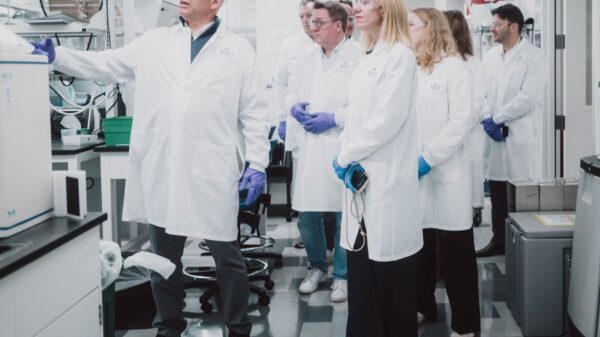Statistics Canada just published an analysis about domestic cancer survival statistics between 1992 and 2021. Very notably, the report highlighted that the five-year survival rate for lung cancer patients has more than doubled since the beginning of that time period.
It ascended from 13 per cent to 27 per cent throughout the 29-year duration. Statistics Canada has primarily credited this drastic improvement to advances in treatment modalities.
“These include the increasing use of both molecular targeted therapy drugs — substances that block the growth and spread of cancer by interfering with specific key molecules,” the agency specified on Wednesday “and immunotherapy, which uses medications to enhance the patient’s own immune system to recognize and attack cancerous cells.”
Nonetheless, the disease remains the top cancer killer in the country, taking the lives of over 20,000 citizens every year. An average of 57 succumb to it every day. As pointed out by StatCan, 23 per cent of all cancer deaths nationwide were attributable to lung cancer in 2023.
In an interview with the Canadian Press this week, a representative from Toronto’s Lung Health Foundation explained that screening was another key factor contributing to the immense improvement.
“What we’re seeing today is that we’re able to detect cancer earlier, where treatment is more likely to be effective,” said Jessica Moffatt, vice president of programs and health system partnerships at the charity.
“This progress is a testament to breakthroughs in screening, immunotherapy, and awareness efforts,” she added in a social media post.
In Canada, the go-to method for lung cancer screening is a low-dose computed tomography scan. This technology has proven its worth for detecting the disease in earlier, more treatable stages. It has demonstrated the ability to reduce lung cancer mortality by 15 to 20 per cent in high-risk populations.
New screening technologies that don’t expose patients to radiation like a LDCT machine does have also been attracting attention in the healthcare sector. A lung cancer breath testing system developed by Breath Diagnostics is a prime example of a screening tool that could become more widely adopted in clinical settings. Its efficacious, convenient and inexpensive qualities have made it a standout.
Read more: Breath Diagnostics leader speaks at lung cancer education event in Louisville
Read more: Breath Diagnostics takes aim at lung cancer with One Breath
Follow Rowan Dunne on LinkedIn
rowan@mugglehead.com













